Naama Parush
A Causal Approach for Business Optimization: Application on an Online Marketplace
Jul 13, 2022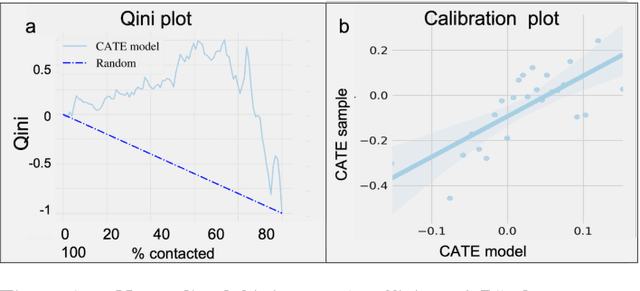
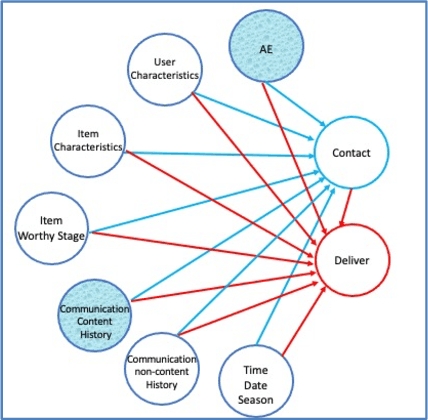

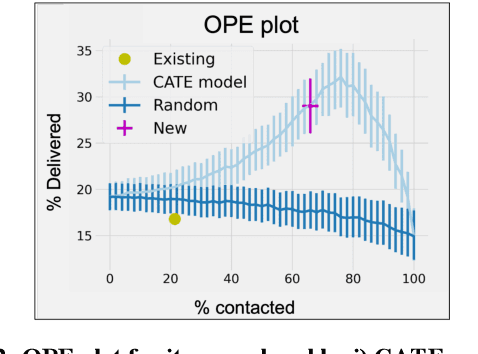
Abstract:A common sales strategy involves having account executives (AEs) actively reach out and contact potential customers. However, not all contact attempts have a positive effect: some attempts do not change customer decisions, while others might even interfere with the desired outcome. In this work we propose using causal inference to estimate the effect of contacting each potential customer and setting the contact policy accordingly. We demonstrate this approach on data from Worthy, an online jewelry marketplace. We examined the Worthy business process to identify relevant decisions and outcomes, and formalized assumptions on how they were made. Using causal tools, we selected a decision point where improving AE contact activity appeared to be promising. We then generated a personalized policy and recommended reaching out only to customers for whom it would be beneficial. Finally, we validated the results in an A\B test over a 3-month period, resulting in an increase in item delivery rate of the targeted population by 22% (p-value=0.026). This policy is now being used on an ongoing basis.
Machine Learning Prescriptive Canvas for Optimizing Business Outcomes
Jun 21, 2022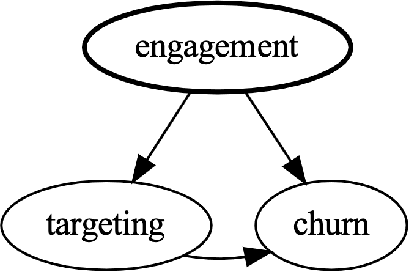
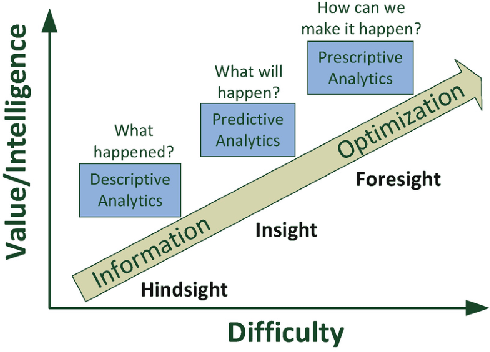
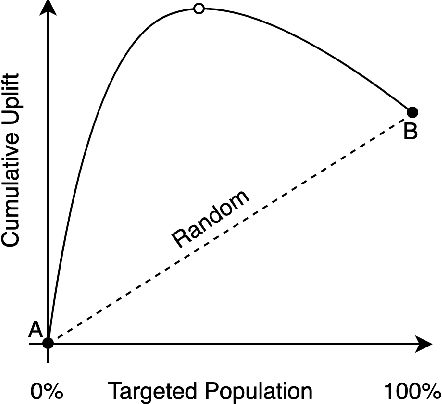
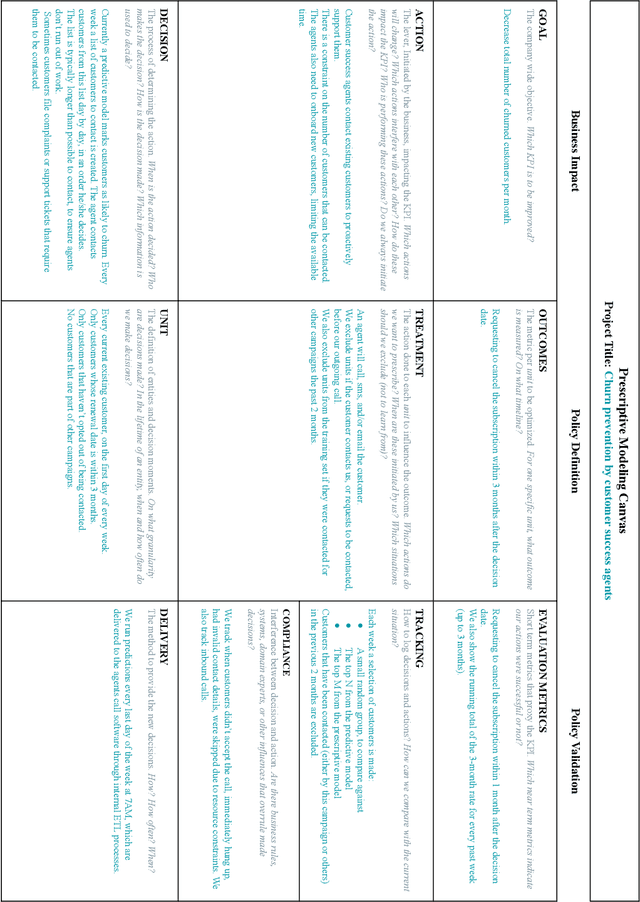
Abstract:Data science has the potential to improve business in a variety of verticals. While the lion's share of data science projects uses a predictive approach, to drive improvements these predictions should become decisions. However, such a two-step approach is not only sub-optimal but might even degrade performance and fail the project. The alternative is to follow a prescriptive framing, where actions are "first citizens" so that the model produces a policy that prescribes an action to take, rather than predicting an outcome. In this paper, we explain why the prescriptive approach is important and provide a step-by-step methodology: the Prescriptive Canvas. The latter aims to improve framing and communication across the project stakeholders including project and data science managers towards a successful business impact.
 Add to Chrome
Add to Chrome Add to Firefox
Add to Firefox Add to Edge
Add to Edge